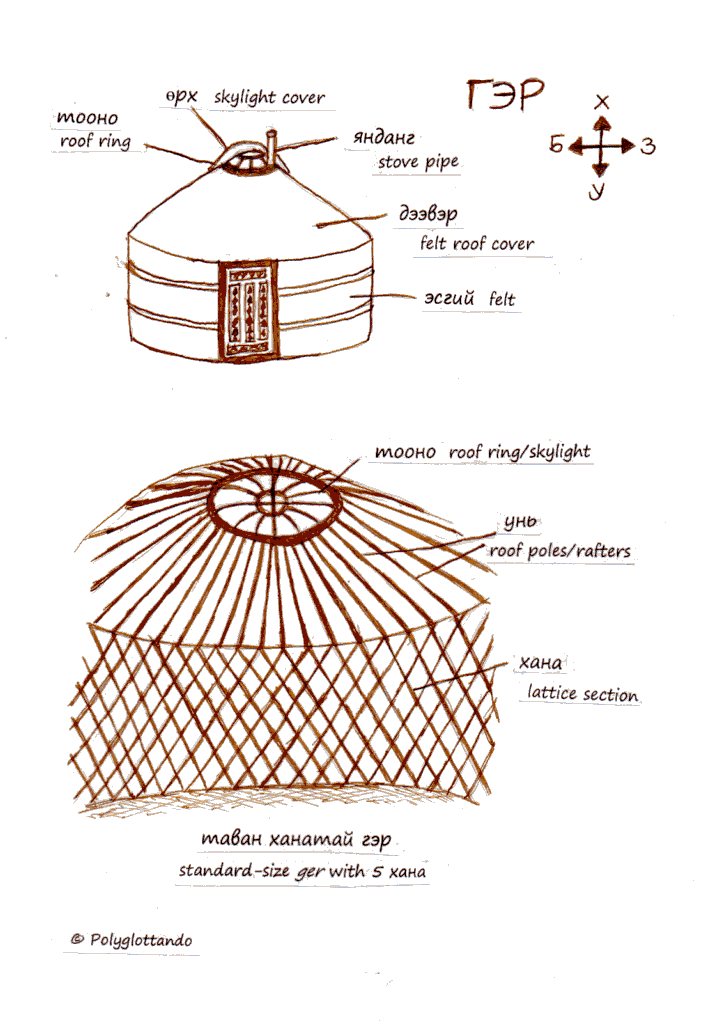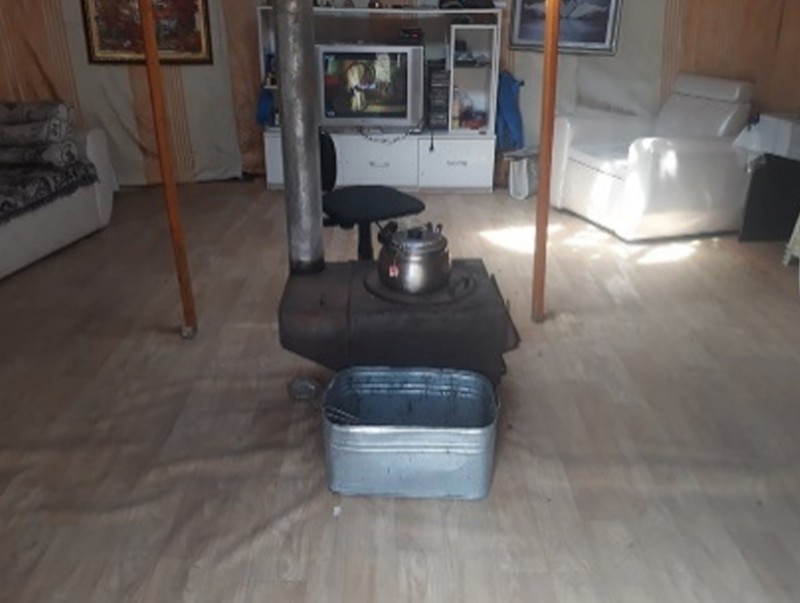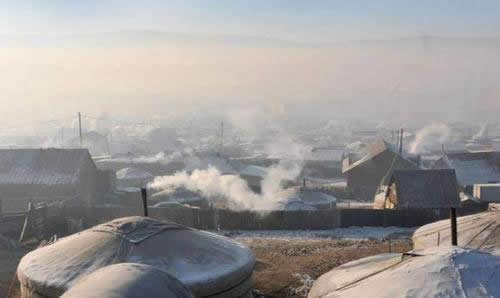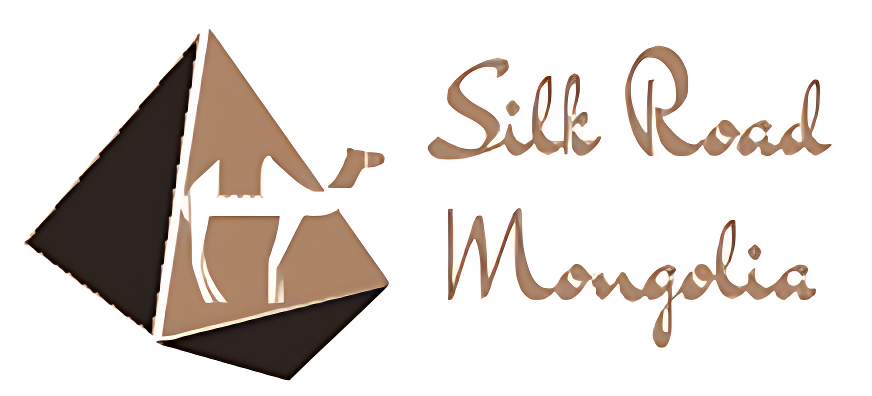Blog
How are Mongolian yurts heated?
A Mongolian yurt is a type of dwelling that has existed for hundreds of years. In the harsh unforgiving climate of Central Asian steppes where the temperatures can drop to -40 Celcuis with blizzards, the secret to how Mongolian nomads stay warm lies in the structure of the yurt.
Sheep Felt Is The Secret To Staying Warm
Herd and livestock are plentiful in Mongolia, with over 70 million livestock, they outnumber the country’s population of 3 million by over 20 times.
With almost half of the livestock consisting of sheep, wool is easy to find and plentiful. The wool is process into felt and used as an insulation for the ger.
Some households layer it up for more heat and warmth, while others don’t. How much felt to use depends on which region of Mongolia as well.
Besides the felt, the most outer layer is canvas, which makes the ger wind-proof and the inside structure of the yurt less prone to moisture.

Some Downsides of Using Felt As Insulation
- While felt is great for using as an insulation material for retaining heat in a Mongolian ger, it does get smelly after some time of use. Especially in humid and moist climates. So, if you are buying a ger and if you live in a humid country, then it’s best to not use felt.
- Another downside is the weight. Compared with other types of materials, it’s not the most efficient insulator when compared with newer technologies and materials. However since it’s plentiful and cheap, it is commonly used among nomads.
“Zuuh” or The Stove For Heating
While felt is a good insulator, without the “zuuh” or the stove that is commonly used in a ger, there is no way to stay warm.


The stove is usually placed in the middle of the yurt, and it serves 2 main functions: heat and cooking.
Some households use dried horse or cow dung when using the stove, whereas some others might prefer coal or wood if they have the money and if they prefer a better smell. Dried dung does smell worse than traditional firewood.
During the winters, people who live in gers usually leave the stove burning with coal, wood, or other type of tinder. The sheep felt retains the heat best to its possibility, but in very cold temperatures, someone has to wake up and keep the stove burning if they are to stay warm.
The Ger Districts & Pollution
Because of the lack of housing and migration to the capital Ulaanbaatar by a lot of nomads, there is a major issue with pollution. Ulaanbaatar is the most polluted city in the world during the winter months mainly because of ger districts.

It can drop to -40 degrees celcius in Ulaanbaatar during the winter months, and is usually around -20 celcius, hence half of the population in Ulaanbaatar, in order to survive the cold months, burn materials that are smog inducing.
Some households can’t afford proper firewood, coal, so they resort to burning whatever they are able to find.
Heating in Modern Day Mongolian Yurts
On the bright side, there are ways to heat up a Mongolian yurt without having to deal with the smog. Companies like Tsomtsog have developed technologies that are better suited for the cold and environment.
Modern yurts and gers are heated by electricity from the floor and are insulated in such a way that there is minimal heat loss. However, it is a luxury and expensive solution to a major problem.
